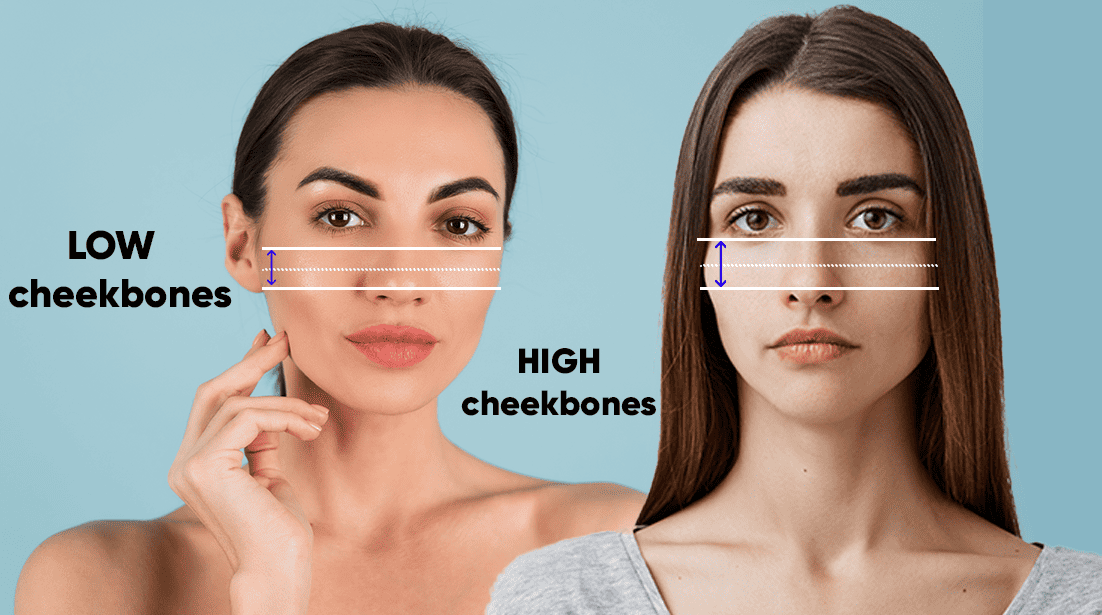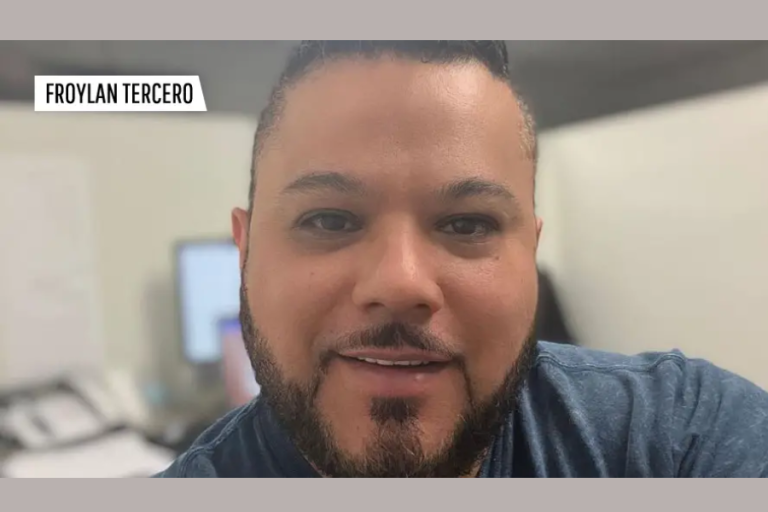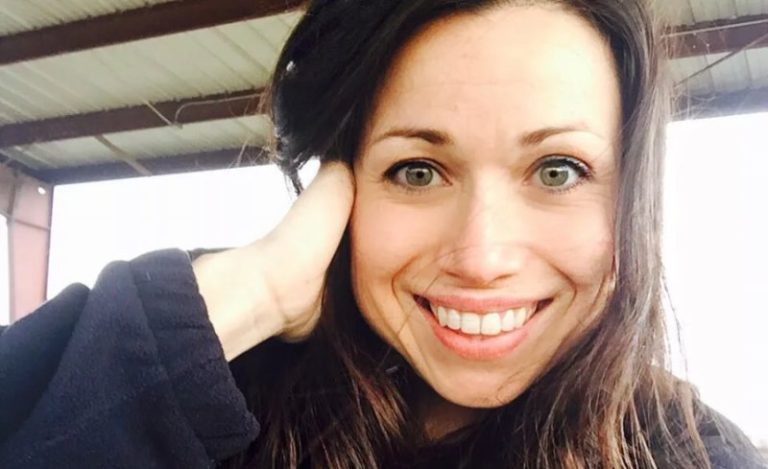Causes and treatments for high cheekbones versus low cheekbones
Understanding Cheekbone Position
People around the world are fascinated by cheekbones. Some cultures like high cheekbones, while others like low ones. Various studies reveal that we immediately appraise people by their faces. We may think someone is nice, energetic, or powerful based on their cheekbones.
Feeling the zygomatic bone under your cheek can indicate high or low cheekbones. If this bone is level with your nasal bridge, you have high cheeks. If it’s level with your nostrils, you have low cheekbones.
Genes and ethnicity determine cheekbone position. Your family and ancestors provide it to you. If you want to change your cheekbones with a beauty procedure, consult a plastic surgeon. In London, Centre for Surgery has all the information you need. They can explain how the operation works, its costs, and its risks.
Read on to learn about cheekbones. This article will explain how to locate your cheekbones, the variations between high and low cheekbones, and how to adjust their appearance. The topic is fascinating and full of information!
Cheekbones—Where Are They?
Cheekbones are vital to the skull and are located below the eye sockets. These bones, called zygomatic bones, form the cheek along with the skin and cheek muscles. This structure helps hold food in the mouth during chewing. Besides shaping our faces, cheekbones affect our daily lives. They aid speech, chewing, and facial emotions.
As we age, cheekbones become more prominent. As we age, our facial fat decreases and gravity drags our skin down. Nose and cheek bone loss is natural with ageing. Cheekbones can also be influenced by weight. Cheekbones are less apparent with more fat over them. Smoking and drug use can also affect facial fat.
After finding your cheekbones, check the mirror to determine if they’re high or low. Your cheekbones are low if your finger ends touch your nose. High cheekbones are at the peak of your nose or near your eye.
Cheeks have no right or wrong. Every face is distinct, and what’s appealing is subjective. High or low cheekbones are valued differently in different cultures, and other elements determine beauty.
So cheekbones are more than simply cosmetic; they help us eat, communicate, and express emotions. There is no “best” cheekbone height or form because its prominence changes with age, weight, and lifestyle. It’s complicated and unique to human body and identity.
Why Are High and Low Cheekbones Different?
Your genes and ethnicity determine the height of your cheekbones. Cheekbones vary by gender, with men having higher cheekbones than women. However, cheekbone height merely shapes your face and doesn’t effect their function. What makes some like high cheekbones?
High Cheekbones
People with high cheekbones usually have the broadest face below their eyes. This cheekbone is easily noticeable and connected with beauty. High cheekbones, a strong jawline, and “hunter eyes” are thought to give males a confident look. Male celebrities with prominent cheekbones are often admired. When combined with symmetrical face features, high cheekbones are beautiful in women. As people age, their skin may cling to their high cheekbones better when gravity pulls them down, making their faces more unique.
Low Cheekbones
On the other hand, low cheekbones may lack definition. They have large faces that are level with their nostrils. Low cheekbones may make people appear more introverted and prefer to be alone, not talk to others. This is a stereotype and not true for everyone.
Why are high cheekbones preferred? It may be related to cultural beauty standards and face strength or refinement. High cheekbones sculpt the face, which many find appealing. Celebrity culture, media, and fashion may influence these inclinations.
Surgery to Improve Cheekbones: An Overview
Surgical options may improve cheekbone appearance and reduce ageing. Here are various surgeries that might rejuvenate the cheeks and face:
1. Facelift
A facelift, often called facial refreshing, is a surgical operation that reverses facial ageing.
Facelifts Address Age-related Changes:
The cheekbones and other bones can alter shape and size.
Skin loses flexibility and fat, causing sagging cheeks.
The chin, neck, and mouth corners may develop more wrinkles.
Facelift Options:Traditional facelift: Reduces ageing and rejuvenates.
Neck lift:Often done with a facelift to treat neck sagging for a natural look.
Mini-Facelift:A localised, less-invasive solution.
Lift Brow:Lifts and tightens forehead.
2. Facial Fat Transfer
Another natural cheek enhancement option is facial fat transfer.
How It Works
Body fat is taken from the abdomen or thighs.
The fat is moved to cheeks, under eyes, or nasolabial creases.
Minimal scars and natural appearance.
Using Other Methods:For a total facial transformation, combine facial fat grafting with Lower Face and Neck Lift, Platysmal Band therapy, or Chin Liposuction.
For long-term aesthetic results, customised strategies are preferred.
Non-Surgical Cheekbone Defined Options: Fillers
Using cheek fillers to enhance your cheekbones without surgery may be a good option. An overview of this non-invasive option:
What Are Cheek Fillers?
Cheek fillers are a popular non-surgical cosmetic treatment that increase volume and dimension. They can restore volume and accentuate cheekbones to make you look younger.
How Do Cheek Fillers Work?
Hyaluronic acid, a naturally occurring sugar molecule, is used to make cheek fillers. A soft injectable gel is injected by a specialist to give volume to the targeted places.
Benefits of Cheek Fillers:
Non-Surgical:Avoiding surgery is faster and cheaper with this approach.
Results Look Natural:Hyaluronic acid fillers can look natural since they integrate with the body.
Customisable:The amount and placement of filler can be modified for personalised outcomes.
How Long Are Cheek Fillers? The lifetime of cheek fillers is sometimes questioned. Results last 6 months to 2 years, depending on the person. The type of filler, metabolism, and how rapidly the body breaks it down affect this time frame.
Consultation and Considerations:
Administrative Professionalism:
To ensure safety and best outcomes, consult a licenced cheek filler specialist.
Potential Side Effects:
Cheek fillers are safe, although they can cause swelling, bruising, or pain at the injection site. Discuss these options with a doctor.
Maintenance:
To maintain the desired look, monthly maintenance procedures may be needed depending on how long the fillers last.
Cheekbone Contouring with Makeup
Cheekbone enhancement doesn’t necessarily require a cosmetic professional. You can contour your cheekbones using makeup to make them look more chiselled. You can do this:
1. Cheekbones (Malar Bones) Identification:Fingers on the sides of your face will reveal your cheekbones, the firm bone beneath the softer area.
2. Apply Contour Makeup Under Cheekbones:Choose a contour shade darker than your skin.
Apply contour makeup below your cheekbones.
Blend contour makeup upwards towards your ears using a contour brush or sponge, following your cheekbones.
Less is more, and you can always intensify.
3. Highlight the Cheekbone Top:A shade or two lighter highlighter should match your skin tone.
Highlight the top of your cheekbones, where light naturally hits your face.
Blend well to avoid harsh lines.
Highlighter will highlight your cheekbones and make them look lifted and radiant.
4. Optional blush for a natural flush:Natural blush on the apples of your cheeks blends contour and highlighter.
Choose a colour that matches your skin and makeup.
5. Put on Makeup:Finish with a setting spray or powder to keep your contoured cheekbones in place all day.
Tips and Warnings
Don’t give up if it takes a few tries to master the method.
Avoid lines and spots by blending well.
Consider your facial shape and contouring goals. Different face forms necessitate different approaches.
Quality makeup tools yield the greatest results.
These steps provide the illusion of higher, defined cheekbones. Cosmetic contouring is a fun and creative approach to experiment with your appearance without permanent modifications. Cheekbone contouring using makeup can enhance your regular look or prepare you for a special occasion.
What Face Shape Is Most Attractive?
Face shape is often debated when determining beauty. Attractiveness changes with culture and individual tastes. However, certain studies and conventional judgements suggest some facial forms are more attractive. Here are two such shapes:
1. Heart or V-Shaped Face
The heart or V-shaped face is often cited as an attractive face shape for both men and women.
Characteristics:
Forehead: Typically broad.
Chin: Slightly pointed.
Jawline: Quite narrow.
Cheekbones: Wide and often prominent.
Why It’s Considered Attractive:
Mathematical Appeal: Some believe that the proportions of a V-shaped face correspond to mathematical concepts of beauty.
Youthful Appearance:This face shape is often associated with a youthful look, which can add to its appeal.
2. Diamond Face Shape (Especially for Women)
For women, the diamond face shape is sometimes considered particularly attractive.
Characteristics:
Forehead and Jaw: Both are narrow.
Cheekbones: High and often the widest part of the face.
Chin: May be pointed.
Why It’s Considered Attractive:
Feminine and Sophisticated: The diamond face shape is often associated with femininity and a sophisticated appearance.
Ethnicities Known for High Cheekbones
High cheekbones are a prominent feature in several ethnic groups, often considered a sign of beauty or symbolic of certain values. Here’s a closer look at the ethnicities known for high cheekbones and what they might signify in various cultures:
1. Asian Communities
Particularly Notable In: Some East Asian cultures.
Cultural Significance: In certain Asian societies, high cheekbones are seen as a symbol of vitality and energy. They may also be associated with qualities such as bravery and commitment.
2. African Communities
Particularly Notable In: Various African ethnic groups.
Cultural Significance: High cheekbones can be a common genetic trait among some African communities, although the cultural significance might vary across different regions and tribes.
3. Amerindian (Indigenous Peoples of the Americas)
Particularly Notable In:
Many indigenous peoples across North, Central, and South America.
Cultural Significance:
High cheekbones are often seen as a distinctive feature among Amerindian populations, although the interpretation of this trait may differ among various groups.
4. Western Perception
Cultural Significance:
In Western cultures like the UK and United States, high cheekbones are often viewed as attractive. Some believe that those with higher cheekbones appear bright and perceptive.
About Centre for Surgery
At Centre for Surgery, we are more than just a medical facility; we are a home for transformation and rejuvenation. Located in the heart of London, we pride ourselves on being a leader in cosmetic and aesthetic treatments, providing the highest standard of care and innovative procedures.
Our Philosophy
Our approach is patient-centric, focusing on understanding your individual needs and desires. We believe in an honest and transparent consultation process, where we explain every detail of the procedure, its cost, and the potential risks involved. Your well-being and satisfaction are at the forefront of everything we do.
Our Team
Centre for Surgery is home to some of the UK’s most skilled and experienced plastic surgeons. Our specialists are highly qualified, fully licensed, and dedicated to continuous professional development. They are trained in the latest techniques and technologies, ensuring you receive the best possible care.
Our Services
We offer a wide range of surgical and non-surgical treatments:
Facial Surgery: Facelifts, Brow Lifts, Rhinoplasty, and more.
Breast Procedures: Enhancements, Reductions, Reconstructions.
Body Contouring: Liposuction, Tummy Tucks, Arm Lifts, etc.
Men’s Aesthetic Treatments: Tailored to the unique needs of our male patients.
Non-Surgical Options: Anti-wrinkle injections, Dermal fillers, Fotona4D, Morpheus8
Why Choose Us?
State-of-the-Art Facilities: Our Baker Street clinic is equipped with cutting-edge technology.
Customised Care Plans: Each treatment plan is tailored to your specific needs and goals.
Patient Safety: Safety protocols are in place to ensure a secure and comfortable experience.
Financing Options: We offer various financing plans to make treatments more accessible.
Aftercare Support: Our commitment to your well-being continues even after the procedure with thorough follow-up care.
Get in Touch
Are you considering a transformation? Trust Centre for Surgery for your next cosmetic procedure. Schedule a consultation with one of our expert surgeons to explore the best options for you. Call us today on 0207 993 4849. Let us help you embrace a new you!
Start your journey with us today
If you have a question about a treatment, or you would like to find out more about how we can help you, call us on 0207 993 4849 or fill in the form below and one of our patient care coordinators will contact you to book a consultation with a specialist practitioner
FAQs about High vs Low Cheekbones
What does it mean to have high cheekbones?
High cheekbones are located closer to the eyes, usually at the same level as the nasal bridge. If you’re curious about where your cheekbones are, you can use this method:
Place your thumbs over your ear canal and your index fingers at your nostrils.
Slowly draw both fingers together until they meet.
Your cheekbones are at the centre just beneath the skin. You have high cheekbones if they meet at the level of the upper part of your nose or closer to your eye. If they meet at the level of your nostrils, you have low cheekbones.
Do cheekbones get more defined with age?
Yes, cheekbones often become more pronounced as a person ages. Over time, the facial fat decreases, and gravity pulls the skin downwards, making the bone structure more visible. Lifestyle factors like weight changes, smoking, and drug use can also influence how cheekbones appear. Age-related changes might make the cheekbones more noticeable, but this can vary greatly among individuals.
Are low cheekbones attractive?
Beauty is subjective, and what’s considered attractive varies among different cultures and individuals. While some societies and influencers may perceive high cheekbones as more attractive, low cheekbones are not universally regarded as less appealing. Preferences differ, and the belief that high cheekbones are more attractive is influenced by specific cultural norms, media, and individual taste.







